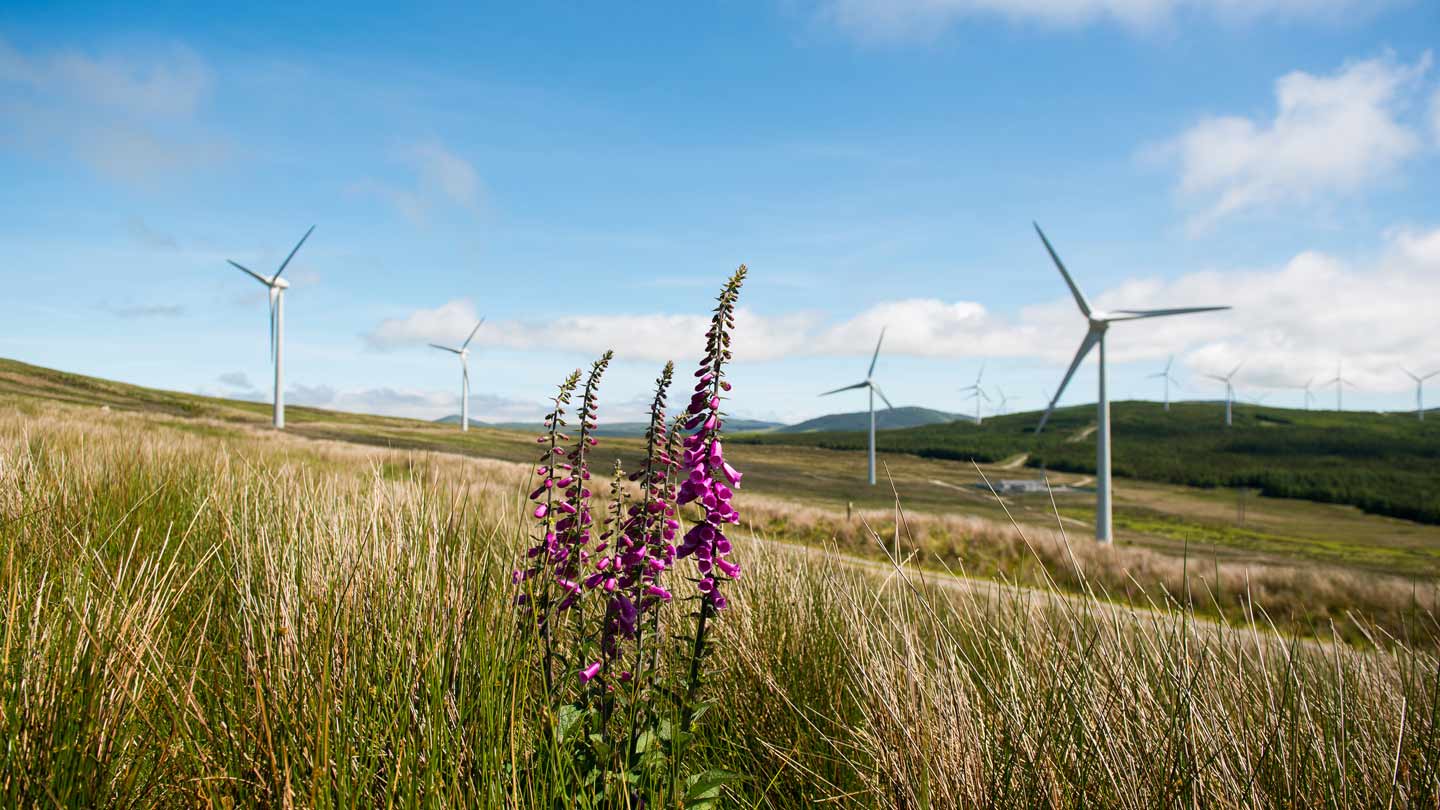
COP15’s draft framework agreement recognised that action is needed to halt biodiversity loss by 2030 and to reverse it by 2050. And not before time.
Wildlife populations have plummeted 69% since 1970, according to WWF’s latest Living Planet Report. And it matters: Our planet’s biodiversity is our life support system. As the diversity of animals, plants, and microorganisms diminishes, we lose the healthy ecosystems that provide us with the air we breathe, the food we eat, economic prosperity, and more besides.
Importantly, as was recognised at COP27, we’re relying on nature to provide a significant contribution to meeting climate goals – science tells us that nature-based climate solutions can deliver more than a third of the emissions reductions we need by 2030.
But how can nature give us what we need if we fail to protect it in return? It’s time to see the whole picture. It’s time to find, develop, and accelerate solutions that support climate and biodiversity goals together.
Connected crises need a connected response
Climate change is a large and growing driver of biodiversity loss and ecosystem degradation. This, in turn, undermines nature’s ability to mitigate climate change. Unless our approach to solving these crises reflects this interconnection, we risk failing to address both.
The ocean is an important example. It’s our planet’s largest carbon sink, and it plays a critical role in global climate regulation. But its capacity to support the planet in this way is being weakened through the degradation of ocean ecosystems, in part caused by activities like fishing and shipping, in part caused by climate change itself. Meanwhile, the huge expansion of offshore wind needed to address the climate crisis will itself have an impact on the ocean environment we seek to protect. One crucial element that’s often overlooked in discussions about the potential of the wider ocean economy for ocean-based climate action is the need for all sectors to work together and practise sustainable ocean stewardship.
We in the energy sector can choose a different approach. We can choose to build green energy right by integrating biodiversity enhancement into the way we deploy offshore wind. We can use the energy transition as a huge force for good on biodiversity and climate.
How do we create a nature-positive energy transition?
We can unite action on climate and biodiversity in three ways:
- Energy industry: Decarbonise now and integrate action on biodiversity
Our call to our peers in the energy sector is clear: To halt biodiversity loss, leave fossil fuels in the ground. Any claim to nature protection must be founded on a credible, science-based programme of decarbonisation. When it comes to direct environmental impacts, it’s no longer enough to avoid, minimise, and mitigate as we deploy renewable energy. Energy companies need to show ambition in line with science and take action to deliver a positive impact on biodiversity, making the transition to green energy something that helps halt and reverse biodiversity loss. - Nature conservation community: Work with us on shared goals
We need to overcome perceived tensions between solutions for climate and nature, otherwise we’ll fail on both. These are complex issues. But by working together and drawing upon the complementary expertise of renewable energy and conservation, we can advance our shared goals for a more sustainable future. - Governments: Integrate plans for nature protection and climate mitigation
We’re urging policymakers to look at tender criteria for offshore wind. By prioritising wider social and environmental value over cost alone, we can choose a race to the top, accelerating the deployment of this already highly cost-competitive technology while also maximising the value it creates. We also need to see a fresh and practical approach to marine spatial planning – how we sustainably allocate space to human activities in marine areas – that delivers for nature and climate together. Finally, the success of carbon disclosure should be replicated with a mandatory requirement for businesses and financial institutions to assess and disclose their impacts and dependencies on biodiversity.
Bold leadership and united action
We don’t have all the answers. What matters here is that we act now and work together to find them.
By the end of 2022, we’ll have seen three UN conferences separately addressing ocean health, climate, and biodiversity. Together, these could be much more than the sum of their current parts. Our solutions, and the global frameworks to drive them forward, need to be much better aligned than they have been so far.
This alignment is starting to happen, but not at a speed proportionate to the urgency of the crises we face. Strengthening and deepening the links between these urgent agendas will be crucial in the coming years.


